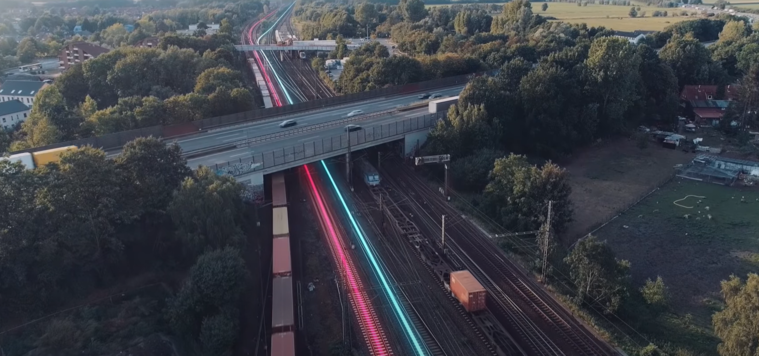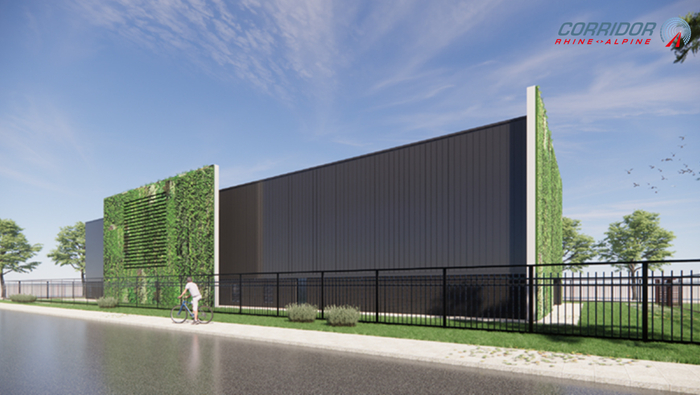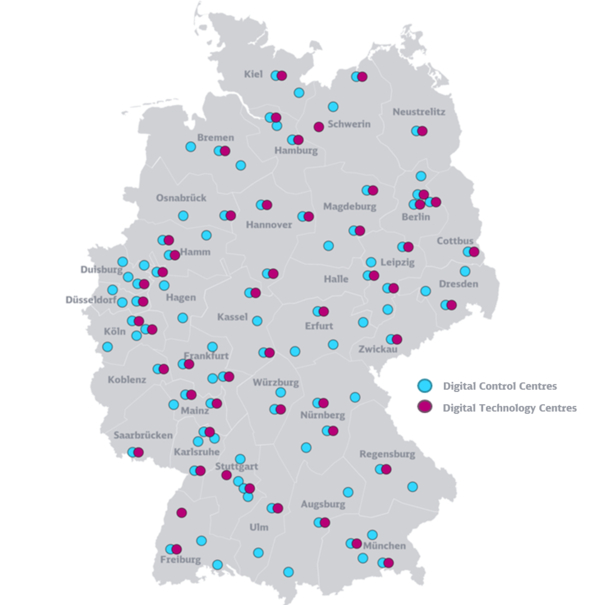
Operations Control Strategy
The Digitale Schiene Deutschland is fundamentally redesigning the management of rail operations and setting the course for the future of digital control and safety technology (DLST): With the so-called Operations Control Strategy, 94 Digital Control Centres and up to 52 Digital Technology Centres are being set up throughout Germany in order to be able to operate in a more modern, decentralised and flexible manner in the future.
Project duration
Planned actions
| Scope of equipment |
|
|---|
Contact
Disclaimer
The dates shown are legally non-binding forecasts based on the current status. The forecasts are in no way intended to establish any kind of legal claim whatsoever that completion will take place by the specified date and that use will be possible. For these reasons, the information should also not be used to make or prepare business decisions, for example, but not conclusively, with regard to the vehicle equipment or the compatibility between the vehicles and the infrastructure. If you have any questions, particularly regarding technical network access or obtaining binding information, please contact your customer advisor.
Most of the infrastructure projects are still in the planning phase, which means that the information provided on these pages reflects the current planning status and is updated regularly.
In order to achieve the goals of Digitale Schiene Deutschland (DSD), successfully shape the decarbonisation of transport and actively counter the constant changes in the rail transport environment, Deutsche Bahn is developing an innovative strategy for the future management of rail operations - the so-called Operations Control Strategy (BSS).
The BSS aims to enable efficient and reliable rail transport. The development of the future control centers takes into account running and operational aspects in the various regions. At the same time, continuous further development of the strategy ensures that tried-and-tested railway operating practices are maintained, necessary adjustments are made and new opportunities are utilised. For example, signallers will continue to work together in teams with operational or geographical areas of responsibility, the distribution of failure risk will be adapted across several locations and the new integrated control and operating system (iLBS: integriertes Leit- und Bediensystem) will be used as a standardised operating system for all digital control and safety technology (DLST) applications.
The Operational Control Strategy includes the planning and construction of so-called Digital Control Centres (DCC) and Digital Technology Centres (DTC) – indispensable key elements for effective and modern operational control. Among other things, this involves determining the optimal locations throughout Germany, designing standard buildings and switching to new technologies and procedures.
Digital Control Centres (DCC)
The DCC create modern and attractive workplaces for signallers. The aim is to relocate control centers for planned interlocking projects or those already being implemented exclusively to DCC in the future. By equipping the DCC with iLBS, the BSS will meet the requirements of the future technologies of DSD. In addition to the conventional interlockings, the strategy also replaces Deutsche Bahn's seven operations centers.

In order to achieve synergy effects, a standard building is being developed for the DCC. This should guarantee a uniform standard throughout Germany, but at the same time be adaptable to the different local requirements. A particular focus here is on flexible adaptation to the varying number of operator stations required. Individualised designs are used at some locations to take into account special local conditions, such as in earthquake zones.
The first construction activities as part of the DCC will begin in 2024. Approximately five years are scheduled for the planning and construction of a DCC. The majority of the DCC is to be realised by 2035.
Digital Technology Centres (DTC)
In contrast to the DCC, the DTC are set up in a standardised uniform size throughout Germany and are designed identically everywhere. DTC correspond to data centers in terms of their design, structure and operating model. These are used to control units such as signals and point machines. The dimensioning of the rooms is based on the requirements of the manufacturer with the largest space requirement.

The identical construction of the DTC described above is achieved using standardised sample planning based on the European standard DIN EN 50600 "Information technology – Data center facilities and infrastructures". This is intended to accelerate the overall rollout for the construction of the DTC. In addition, the implementation of industry-proven standards will help to raise the reliability and security of the DTC to an even higher level in the future.
The first construction activities as part of the DTC will begin in 2024. Approximately five years are scheduled for the planning and construction of a DTC. The majority of the DTC should be realised by 2035.
Bauende Bahn
This is a Deutsche Bahn project. We are building. So that people can build on us again. More information about the Bauende Bahn can be found here (in German only).



